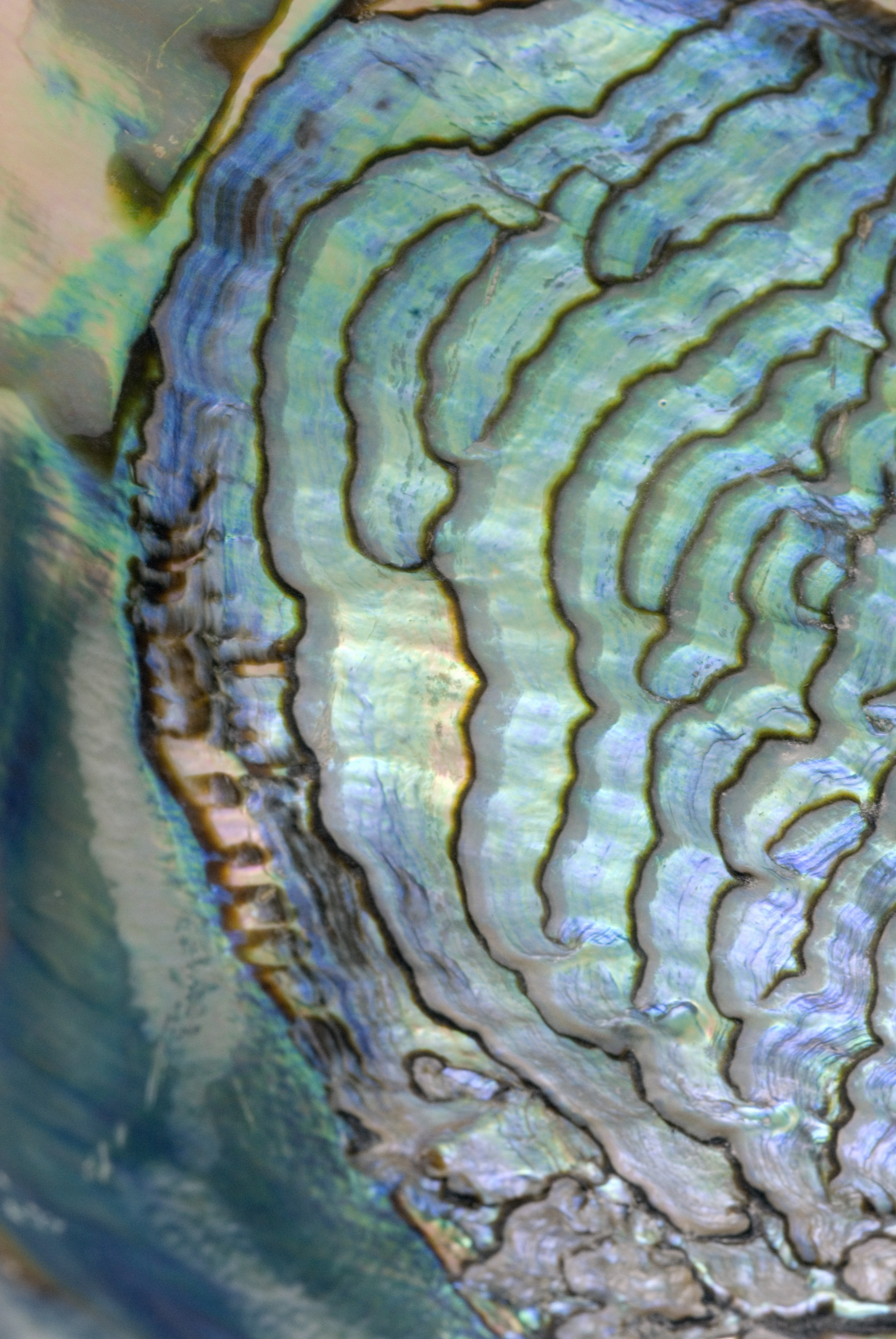 Water bears. Undersea snails with teeth harder than steel. Shrimp that clobber their prey with “hammer-like clubs that accelerate at speeds exceeding that of a .22 caliber bullet”. Do I have your attention?
Water bears. Undersea snails with teeth harder than steel. Shrimp that clobber their prey with “hammer-like clubs that accelerate at speeds exceeding that of a .22 caliber bullet”. Do I have your attention?
These are just a few of the marine animals which engineering professor David Kisailus and his students will bring to the Riverside Metropolitan Museum this weekend. Why? To talk about how these strange, exotic, and even bizarre organisms can inspire human engineering.
The event will showcase research done in Kisailus’s Biomimetics and Nanostructured Materials lab by both Riverside undergraduates and a team of younger students from Mira Loma Middle School.
The event is scheduled from 1 p.m. to 4 p.m. at the museum, 3580 Mission Inn Ave., Riverside. It is free and open to the public. Advance registration is not required. Read more about the event at the UC Riverside website.
Nine student groups will present on Saturday. Here are just a couple of our favorite abstracts:
Water bears go where no man has gone before
Students: Steven Herrera, Ashley Carrillo, Irma Gonzalez and Tayler Halverson
Abstract: Water bears possess a talent for survival. They can live in the vacuum of space, resist the pressure of deepest ocean trench six times over, and bear temperatures from one degree above absolute zero to 300°F. Researchers at UC Riverside unravel the secrets of this microscopic lumberer.
Using snails with tough glowing shells for deep space expeditions
Students: Jessica Hernandez, Leslie Martinez, Jessica Richardson and Chris Salinas.
Abstract: Mollusks have evolved a wide range of calcified shells to survive in a variety of habitats. Certain mollusks (gastropods) have a shell with an architecture that makes it tough. Here, we study a very unique gastropod, which is tough and also has evolved to allow green light to penetrate through its thick shell. Investigation of the structure of this shell could lead to development of fracture resistant windows that control intensity and wavelength of light, which would be used for growing plants for food on deep space missions.
We’re intrigued!
All nine abstracts can be found in the original announcement on the UC Riverside website.
